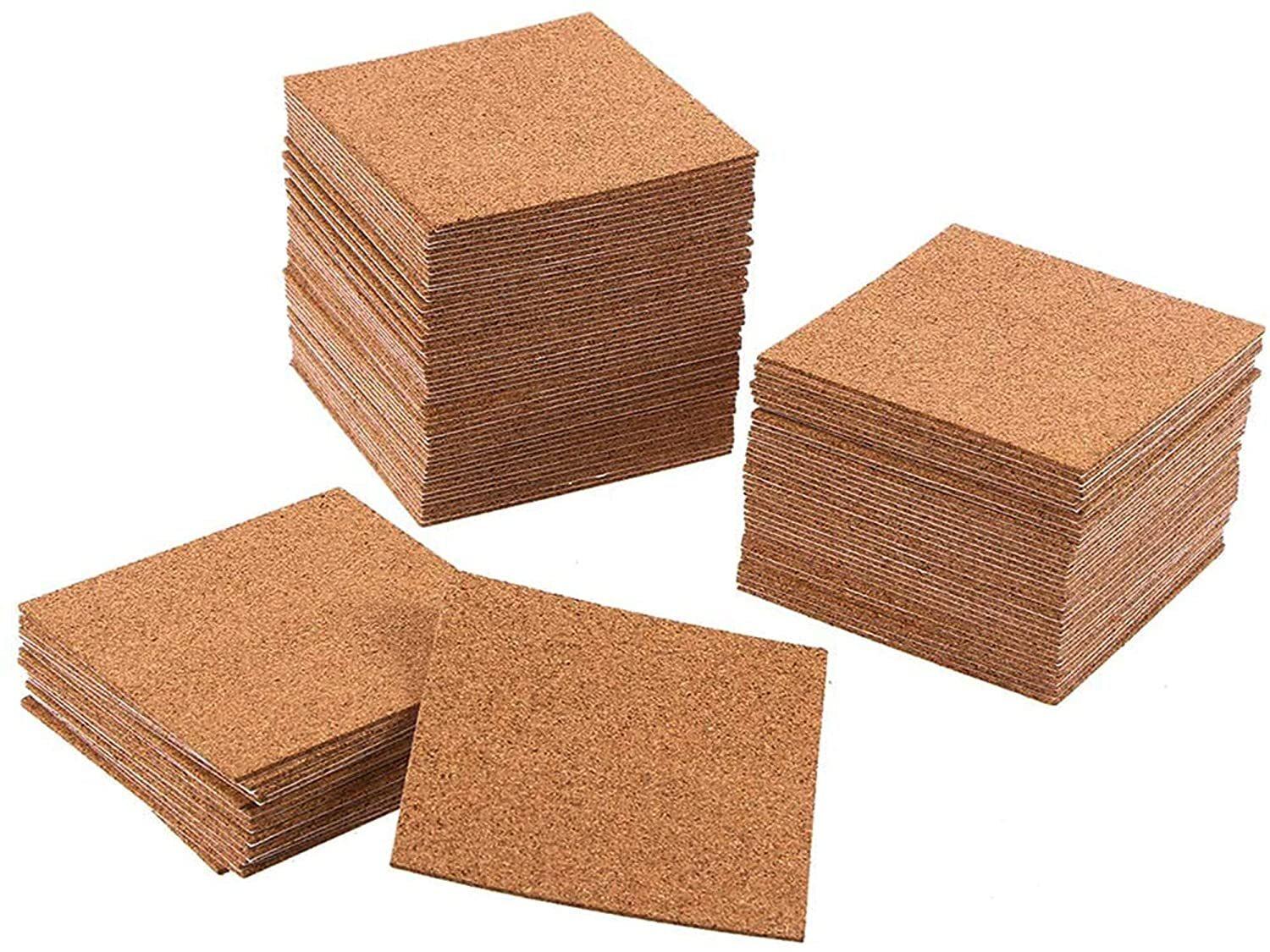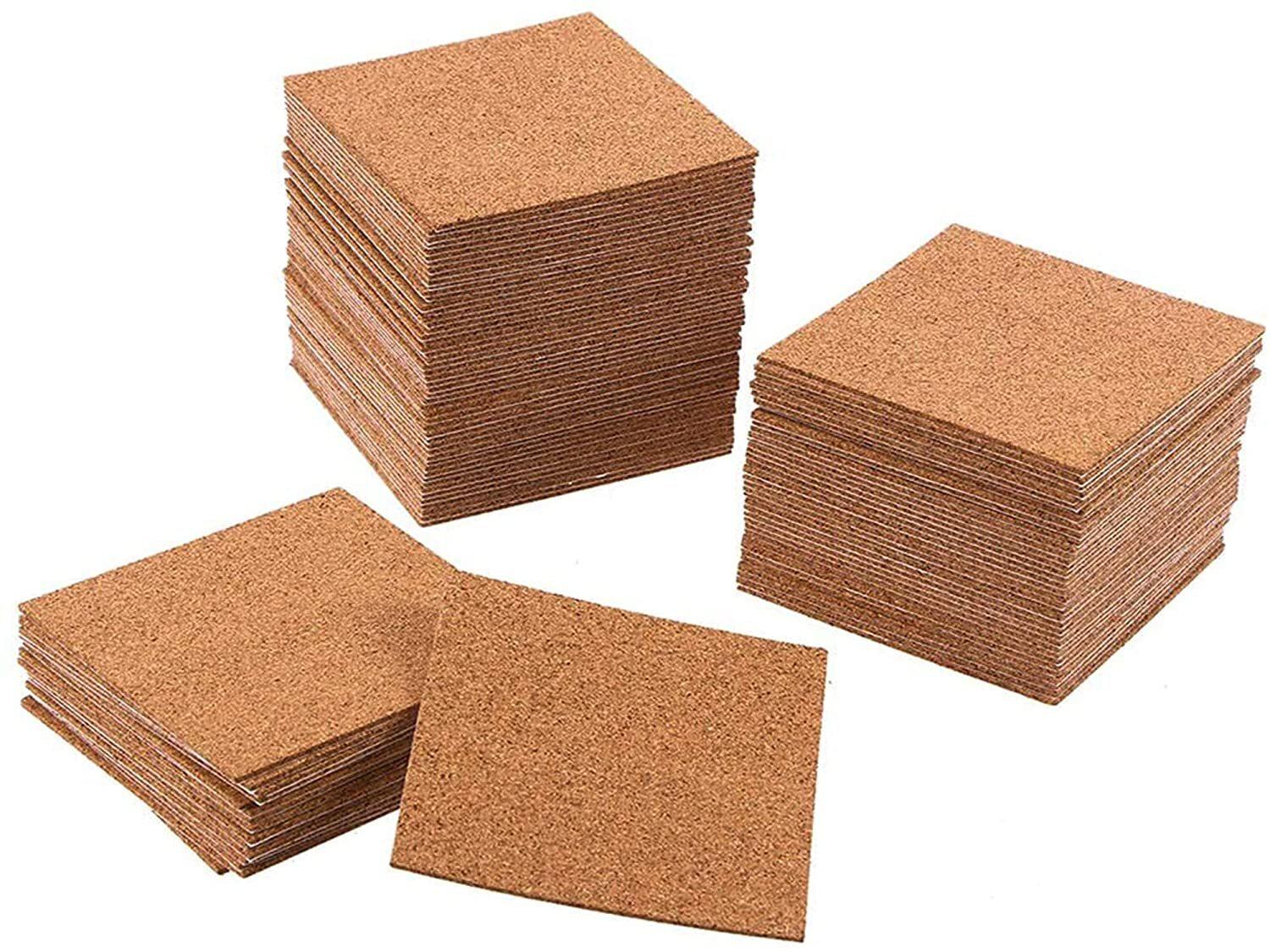Cork Board Insulation Market Facing Threats from High Production Costs and Limited Availability

The cork board insulation market, while growing due to its eco-friendly properties and energy-efficient benefits, faces several market threats that could potentially hinder its widespread adoption. These challenges stem from various factors including cost, availability, competition from alternative materials, and market awareness. Below, we explore these potential threats in more detail:

High Cost of Production
Cork board insulation products tend to have a higher production cost compared to conventional insulation materials like fiberglass or foam. This results in cork boards being priced at a premium, which can deter consumers, especially in price-sensitive markets. The high cost of cork is mainly due to the complex manufacturing process and limited production volume, which makes cork board insulation less competitive against cheaper alternatives.
Limited Raw Material Availability
The cork used in cork board insulation is sourced primarily from cork oak trees, which are limited to certain regions, notably the Mediterranean. The supply of cork is constrained by the availability of these trees and the long harvesting cycle, which typically spans every 9 years. This limited raw material availability could impact the scalability of production and raise concerns about the long-term sustainability of cork board insulation as a widespread solution.
Lack of Skilled Installers
Cork board insulation installation requires specialized knowledge to ensure its proper use and maximize its benefits. A shortage of skilled installers proficient in working with cork-based materials is a significant barrier. The lack of qualified professionals could lead to improper installation, diminishing the effectiveness of cork board insulation in providing thermal and acoustic benefits. As a result, consumers might turn to easier-to-install alternatives.
Competition from Alternative Insulation Materials
The cork board insulation market faces stiff competition from alternative materials such as fiberglass, cellulose, and foam boards, which are widely available and less expensive. These alternatives offer similar thermal and acoustic properties, making them attractive to consumers who prioritize affordability and ease of installation. The dominance of these materials in the market presents a constant challenge for cork board insulation to carve out its niche.
Low Market Awareness and Demand
Despite its numerous advantages, the cork board insulation market still suffers from relatively low awareness compared to other insulation materials. Many consumers and construction professionals may not fully understand the benefits of cork, such as its sustainability, moisture resistance, and fire-retardant properties. This lack of awareness contributes to lower demand and affects the market’s overall growth. Education and awareness campaigns are essential to increase its adoption.
Regulatory Challenges and Certification Issues
The cork board insulation market is also influenced by building codes and environmental regulations, which can vary by region. In some areas, cork board insulation may not yet be recognized under certain green building certifications or construction codes. Obtaining these certifications is a time-consuming and costly process, which could limit the material's appeal to builders and architects who rely on certifications for project approvals.
Economic Factors and Market Volatility
The cork board insulation market is vulnerable to economic fluctuations, which can affect the construction industry and the demand for insulation materials. In times of economic downturn, builders may prioritize low-cost, conventional insulation materials over more expensive options like cork board insulation. Market volatility in raw material costs, especially cork, can also result in price hikes, further reducing its competitiveness in a cost-conscious market.
Environmental and Climate Change Factors
While cork is considered an environmentally friendly material, changes in climate conditions and deforestation issues can impact cork oak tree production. Cork oak trees are sensitive to climate shifts, and if there are adverse environmental conditions such as droughts or higher-than-usual temperatures, it could lead to decreased cork production. This environmental instability presents a potential threat to the long-term supply of cork, which could drive up prices and limit availability.
Technological Limitations in Manufacturing
The cork board insulation market is also affected by technological limitations in its manufacturing processes. Unlike synthetic alternatives, cork board insulation requires more specialized machinery and processes, which could be a barrier to scaling production. Technological advancements in cork processing are needed to make it more cost-effective and increase production capabilities to meet market demand.
Resistance to Change from Traditional Materials
Many construction companies and builders are accustomed to using traditional insulation materials and are hesitant to adopt newer, less familiar options like cork board insulation. Changing entrenched habits and preferences can be a slow process, and this resistance can delay the growth of the cork board insulation market. Overcoming this barrier will require not only proving the material's efficiency but also demonstrating its economic value over time.





